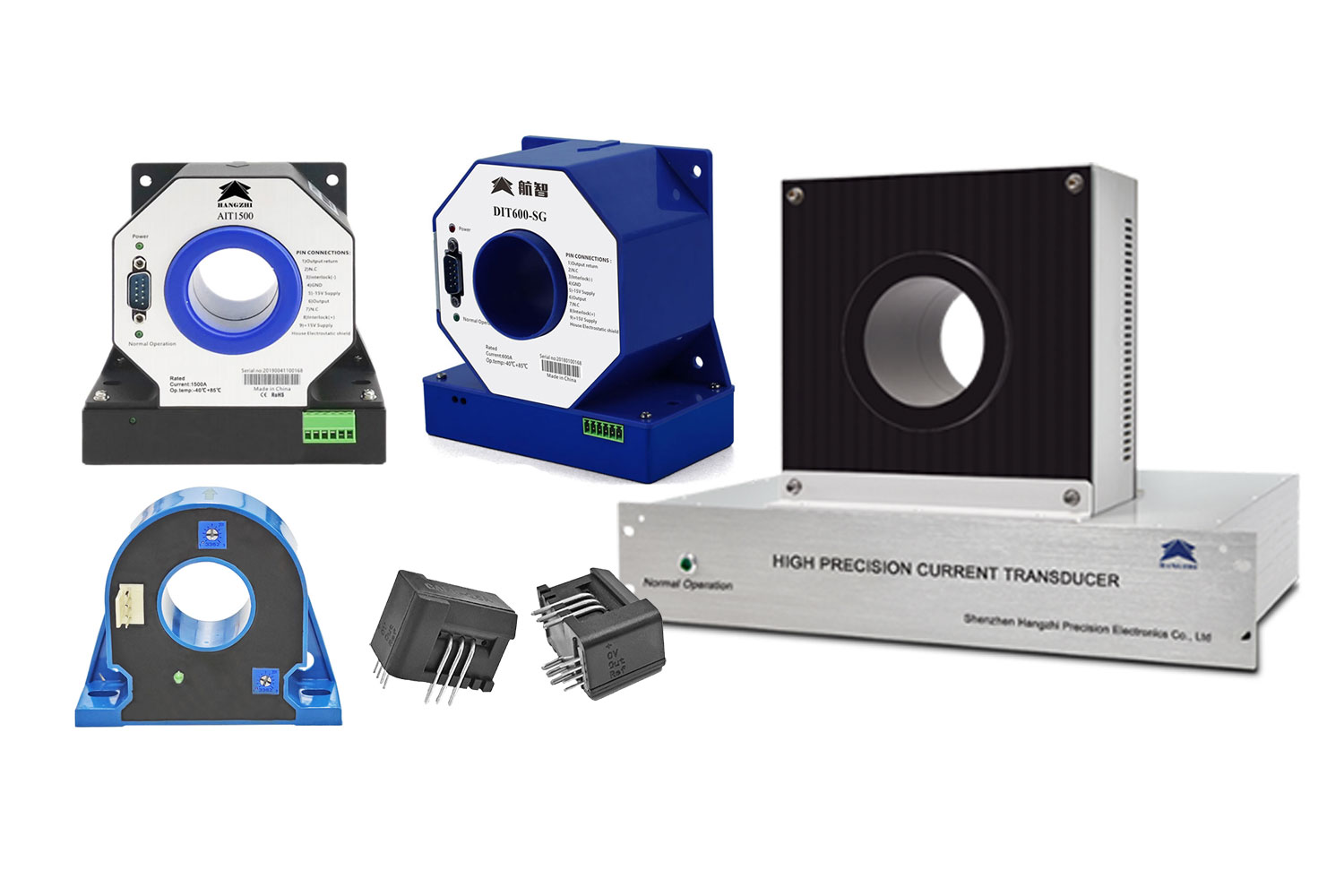
Many people do not realize how complicated and useful current transducers are, even though they are an important part of monitoring electrical systems. If you understand these devices, you can find better ways to measure electricity and make systems work better. In this blog, you will delve into what you might not know about the 전류 변환기.
Types of Current Transducers
Hall Effect Transducers
Hall Effect transducers are devices used to measure electric current. They work based on the Hall Effect principle, which states that a magnetic field generates a voltage when it interacts with a current-carrying conductor.
These transducers are popular because they can measure both AC and DC currents and provide accurate readings without direct electrical contact with the current-carrying conductor.
Shunt Resistor Transducers
Shunt resistor transducers measure current by using a low-value resistor placed in series with the current path. As current flows through the resistor, a small voltage drop occurs, which is directly proportional to the amount of current. This voltage drop is then measured and converted into a current reading.
Current Transformers
Current transformers (CTs) are devices used to measure AC by producing a proportional, smaller AC in their secondary winding.
They work on the principle of electromagnetic induction, where the primary conductor carrying the current is placed around the transformer’s core, inducing a current in the secondary winding.
Current transformers are commonly used in power systems for measuring and monitoring high AC currents safely.
Key Characteristics to Consider for Current Transducers
Measurement Range
The measurement range refers to the range of current values the transducer can accurately measure. It’s important to select a transducer with a range that matches the current levels you expect to measure.
If the transducer’s range is too narrow, it might not capture higher or lower currents accurately. Conversely, a range that’s too broad might lead to lower resolution or less precise readings.
정확도와 정밀도
정확도(Accuracy)는 변환기의 측정값이 실제 전류에 얼마나 가까운지를 나타냅니다. 정밀도(Precision)는 동일한 전류에 대해 변환기가 동일한 측정값을 얼마나 일관되게 제공하는지에 관한 것입니다.
High accuracy ensures the transducer gives correct readings, while high precision means it consistently provides those correct readings. Look for a transducer with low error margins and minimal variations in its measurements.
이것은 전원 시스템이나 민감한 장비와 같이 정밀한 전류 모니터링이 필요한 중요한 애플리케이션에서 특히 중요합니다.
출력 신호 유형
Output signal types determine how the current measurements from the transducer are communicated to other equipment. Digital signals, analogue voltage, and analogue current are all common output signals.
Analog voltage outputs vary proportionally with the measured current, while analog current outputs provide a current signal corresponding to the measured current. Digital signals offer a direct numerical representation of the current.
The choice of output signal type should align with the input requirements of your monitoring or control system.
Have Effective Electrical System Management
Understanding and utilizing current transducers effectively is crucial for managing electrical systems with precision and reliability. So, equip yourself with the right knowledge to make informed decisions and optimize your electrical system management. Stay ahead of the curve and ensure your systems run smoothly and safely!
by Diane Taylor
